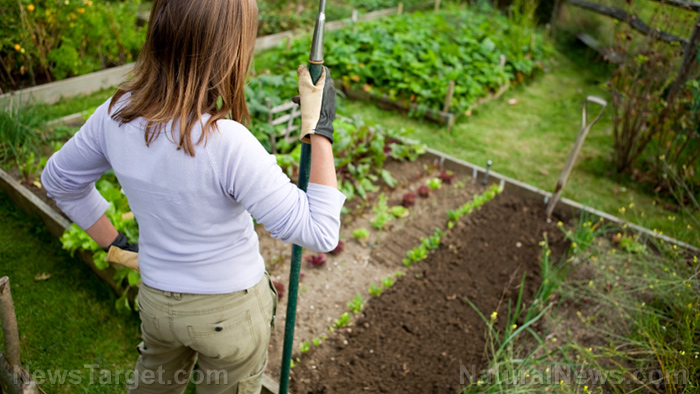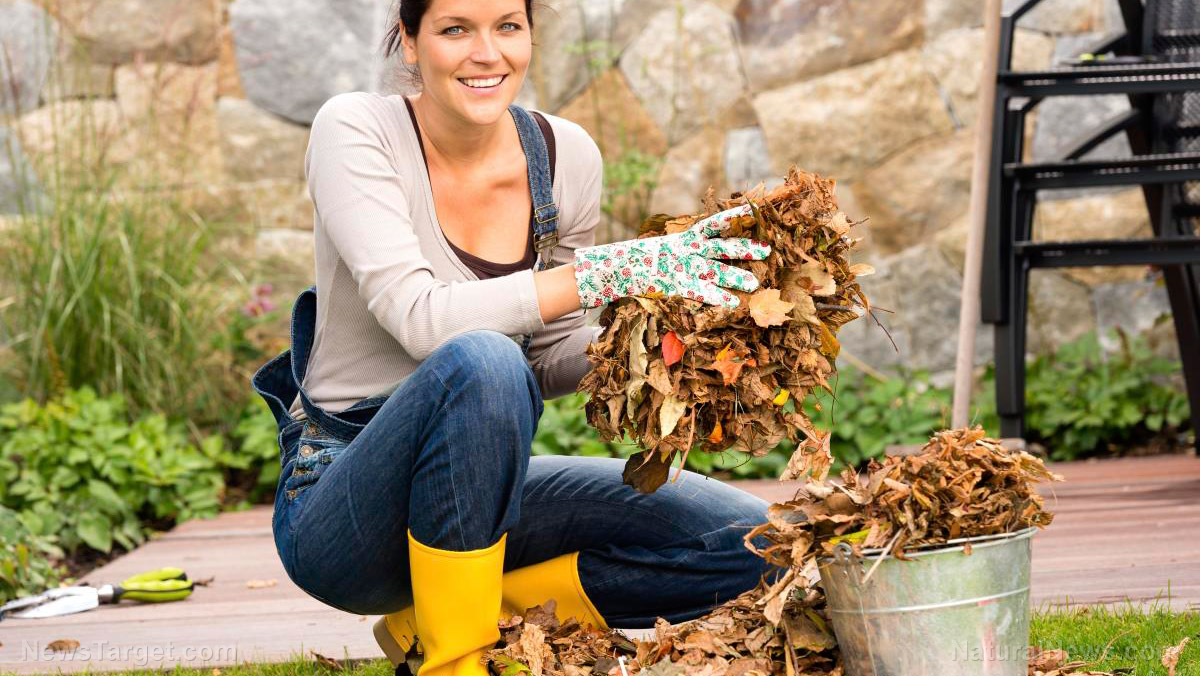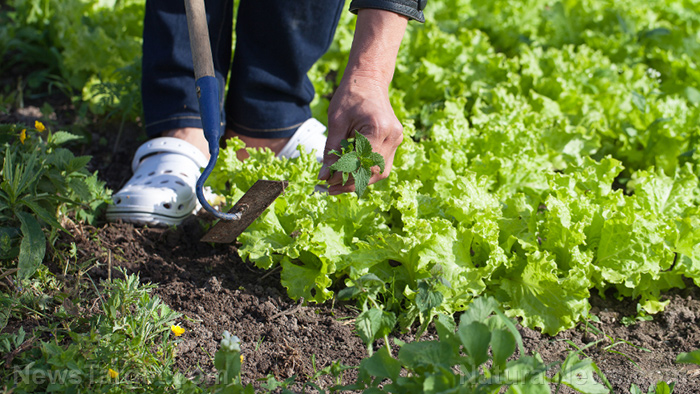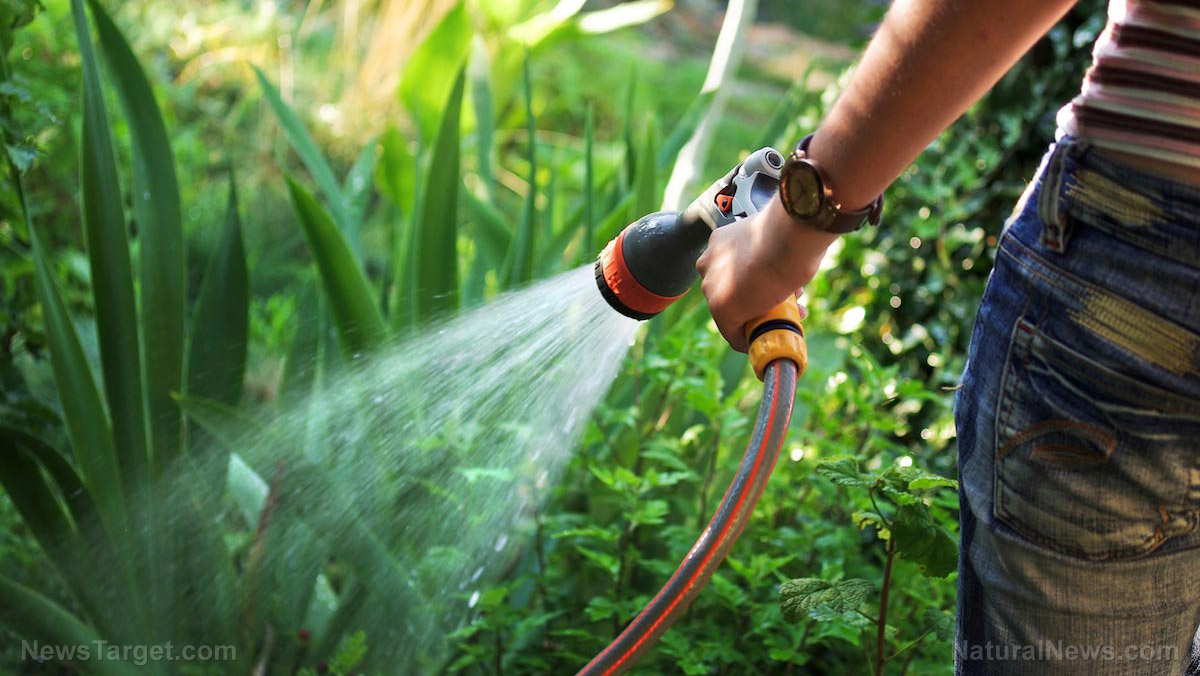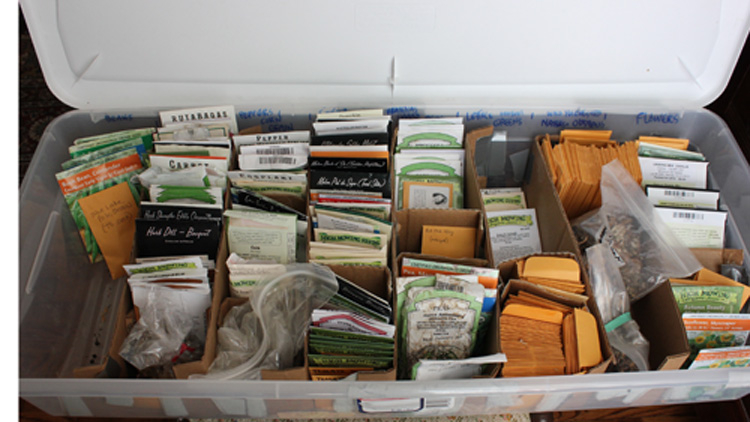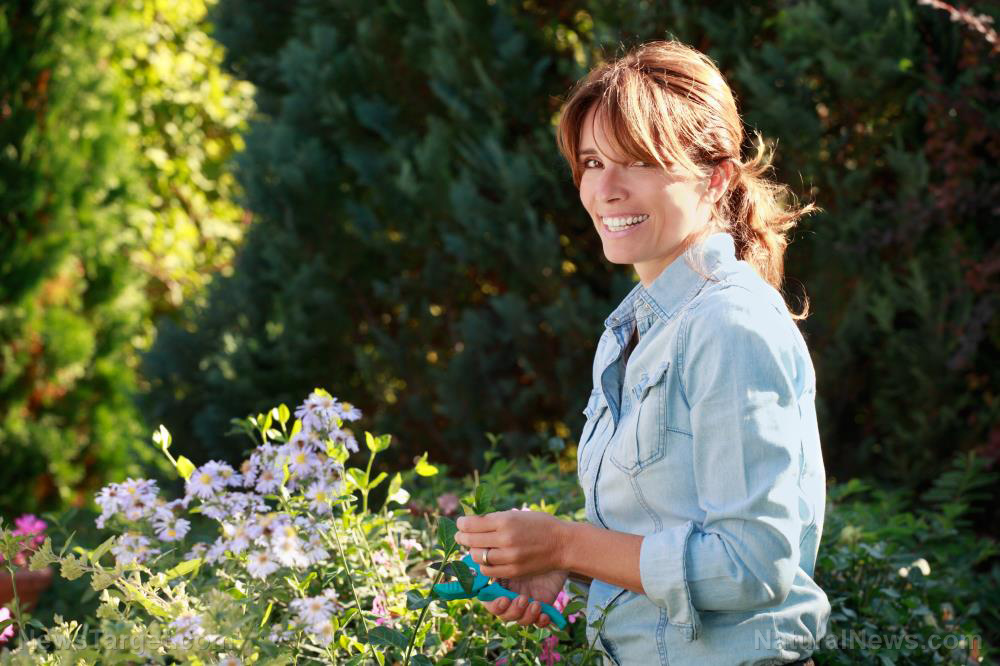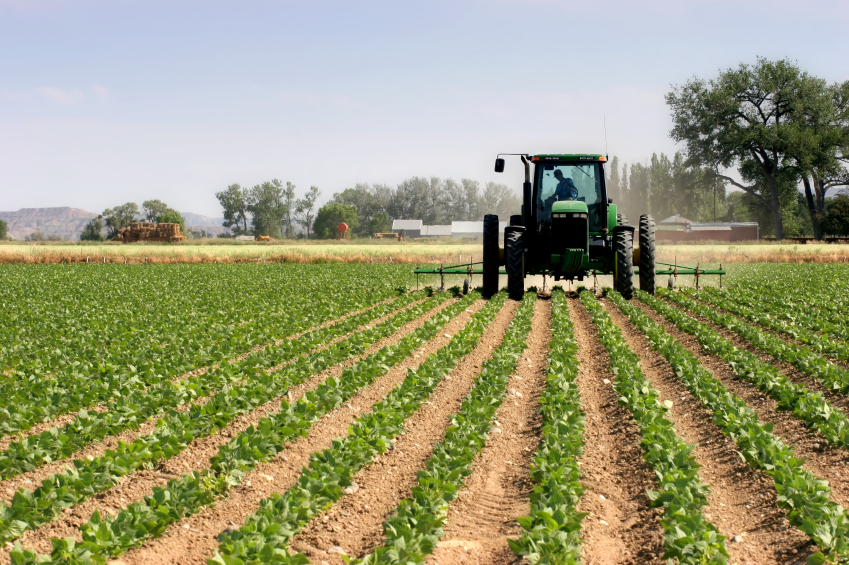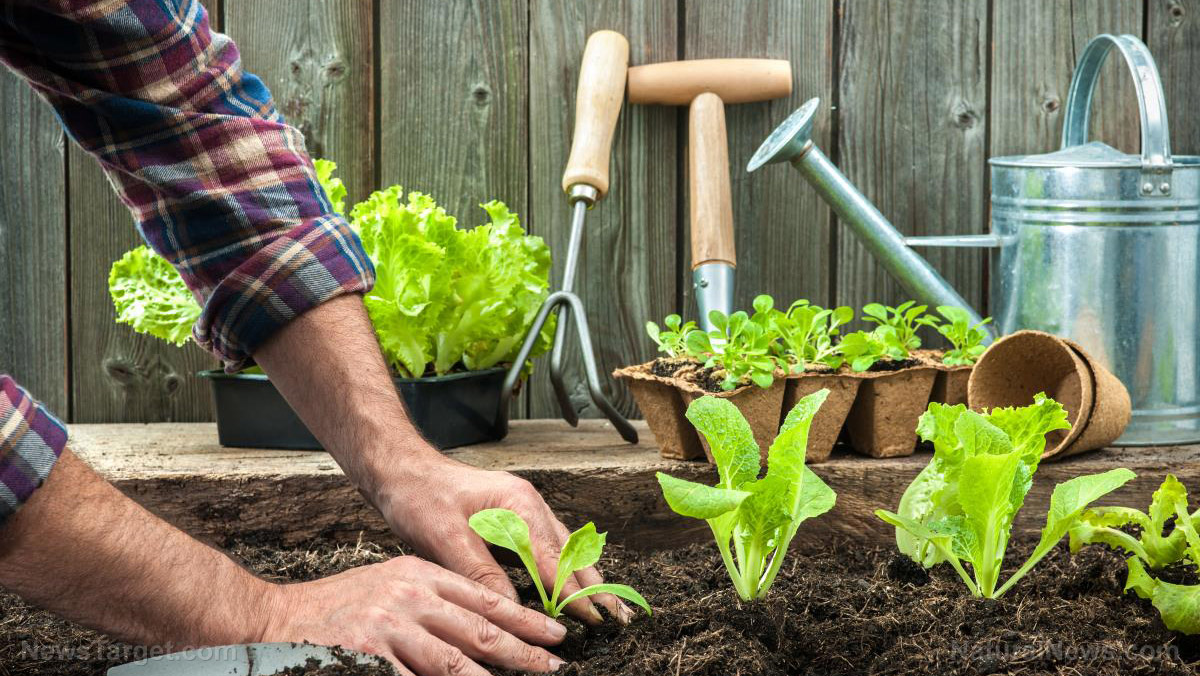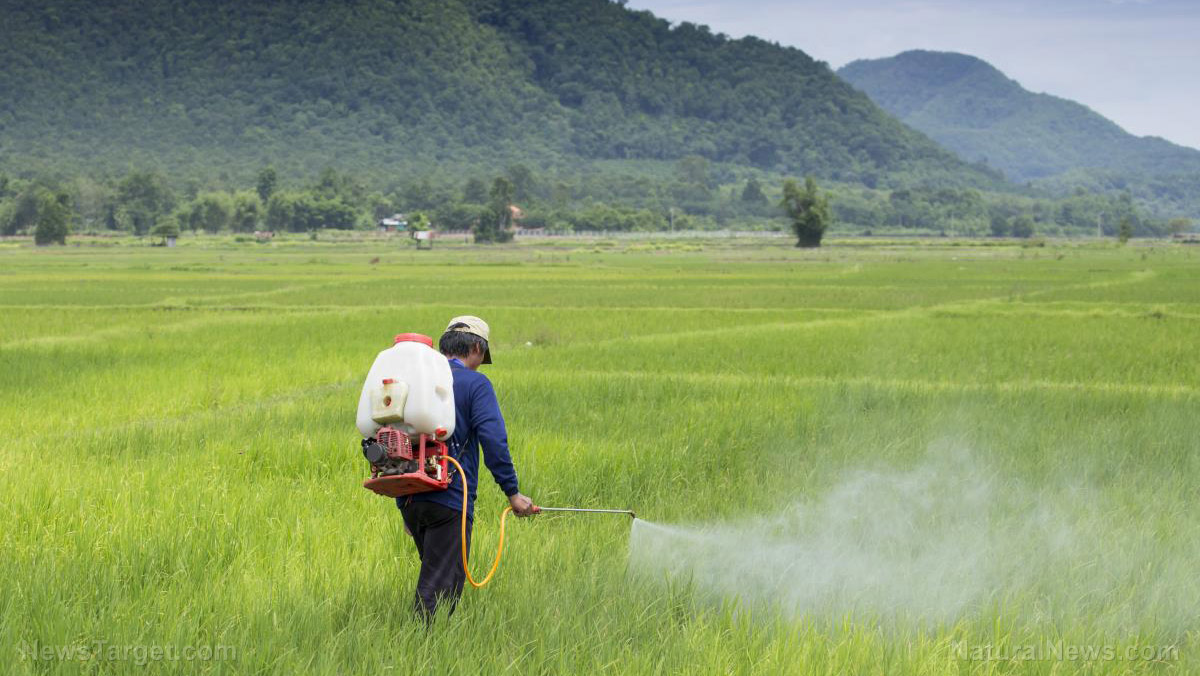4 Easy ways to control weeds without using toxic chemical herbicides
04/29/2021 / By Divina Ramirez

Weed overgrowth is a gardener’s worst nightmare. However, conventional weedkillers like Roundup have been linked to serious health problems, including cancer. Toxic chemicals in conventional weed killers can also leach into crops for consumption and pose a health risk. Herbicides can also contaminate groundwater.
But there are better methods of controlling weed growth. Below are four herbicide-free tactics that will let your garden grow in all its glory without annoying eyesores.
1. Block weeds
Smother existing weeds and prevent new ones from growing by placing a thick layer of newspaper around your plants. The newspaper will keep sunlight from reaching weed seeds within the soil, preventing them from sprouting. Weed seeds blown across this protective layer are also easier to spot and remove.
For a less messy appearance, wet the soil first and then lay the newspaper down. Wet it again thoroughly before covering it with a thick layer of organic compost or mulch. Be careful not to build up the mulch or compost too tightly around the stems of plants. Doing so could prevent plants from growing properly.
Aside from stopping weed growth, using newspapers this way is a great way to recycle them. Newspapers serve as food for earthworms as well. Earthworms increase the amount of air and water that gets into the soil, so it’s good to have them around. (Related: The humble earthworm may hold the key to preventing or treating fever.)
2. Crowd out weeds with grass
Overseeding, or sowing seeds too close to each other, is a bad idea when using containers, pots and raised beds outdoors. But overseeding is crucial to maintaining a clean, weed-free lawn. The idea is that the closer grass blades grow together, the less room there is for weeds. Some plants also thrive when planted near certain plants. Look up which plants grow well when near each other and plan your garden plots accordingly.
Plus, mowing the lawn regularly is better than having to lose your garden to weeds. When mowing, only cut off a third of grass blades. Leave the clippings on the lawn. They will help nourish the soil as they break down.
Moreover, keeping grass blades long allows them to shade the ground, preventing sunlight from reaching weed seeds within the soil.
3. Grow plants on raised garden beds
Raised bed gardening involves growing plants in soil that is higher than the ground. This is usually done with a type of enclosure. Raised beds make it harder for weeds to flourish because weed seeds would have to go through several inches of soil. The enclosures also effectively serve as a physical barrier to weeds.
Furthermore, soil in raised garden beds tends to be looser than soil on the ground. Even if some weeds were able to take root in a raised bed, they would be easier to pull out by hand.
4. Pull out weeds from the roots
You can get rid of weeds the old-fashioned way, that is, by plucking them from the ground. This method is best for a few weeds scattered around the garden since weed-pulling can be exhausting if done for long periods. For best results, wear gardening gloves and pull out weeds from the roots. Dispose of them properly.
Herbicides persist in the soil, contaminate groundwater and harm beneficial soil microbes. These products can also pose a serious health risk to insects, animals and humans exposed to them. Therefore, it’s better to use chemical-free methods of controlling weed growth than treating soil with harmful chemical herbicides.
Learn more about natural methods of weed control at HomeGardeningNews.com.
Sources include:
Submit a correction >>
Tagged Under:
gardening, green living, herbicides, homesteading, organic farming, prepping, sustainable living, tips, weed control, weed control techniques, weed management
This article may contain statements that reflect the opinion of the author
RECENT NEWS & ARTICLES
OrganicFarming.News is a fact-based public education website published by Organic Farming News Features, LLC.
All content copyright © 2018 by Organic Farming News Features, LLC.
Contact Us with Tips or Corrections
All trademarks, registered trademarks and servicemarks mentioned on this site are the property of their respective owners.

